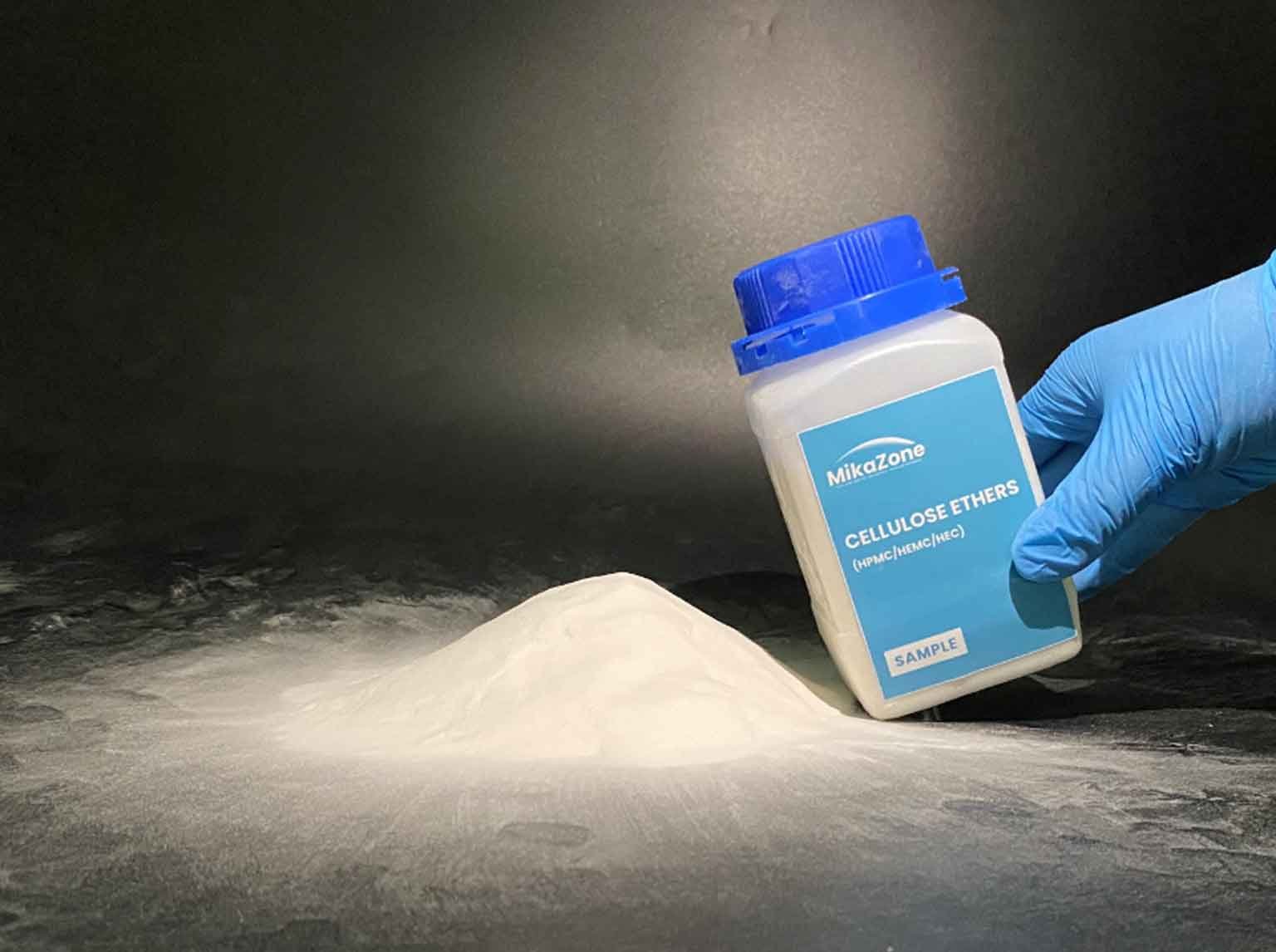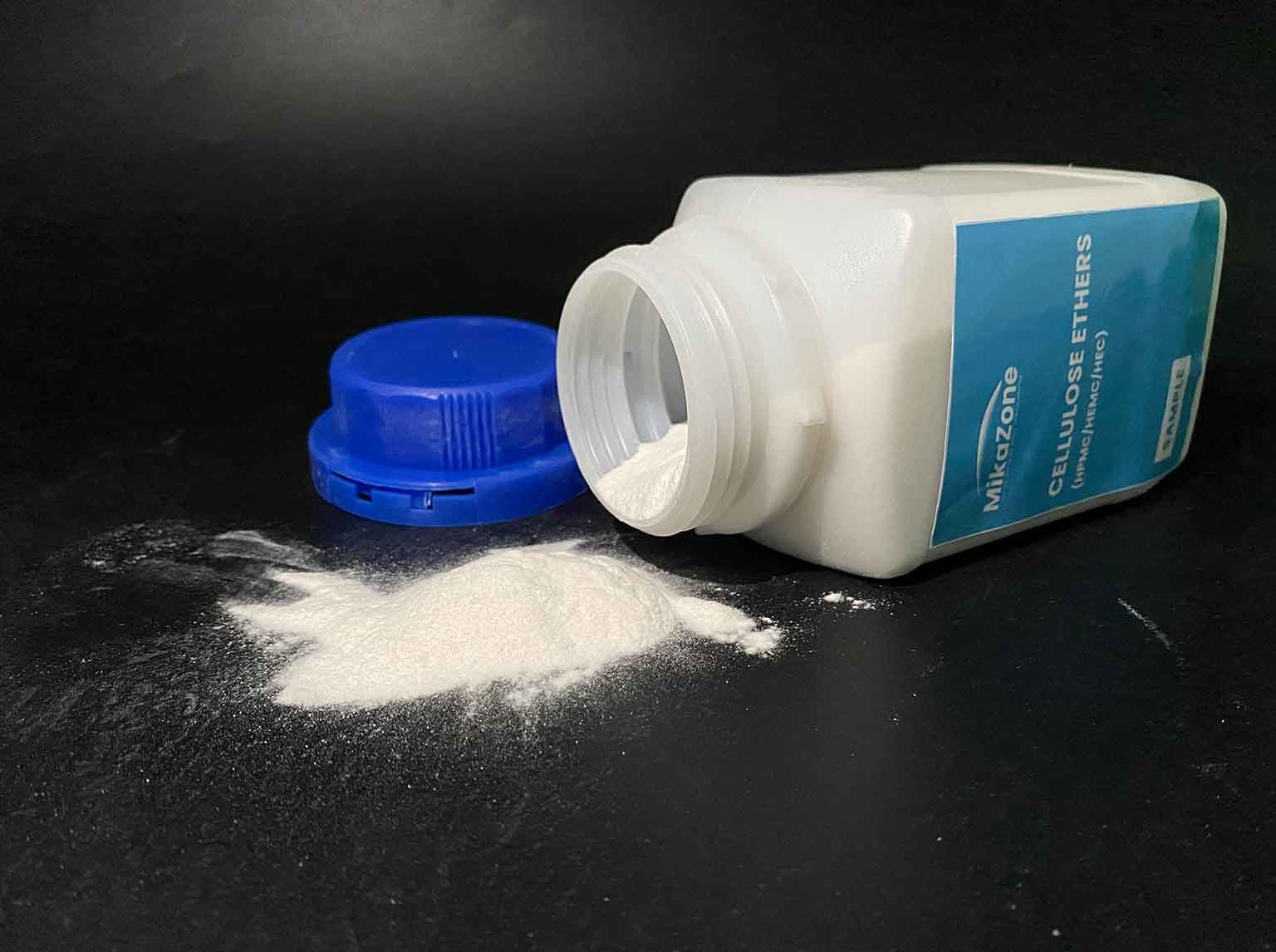Hydroxypropyl methyl cellulose (HPMC) plays an important role in the mortar, which is water retention. The mortar with poor water retention is easier to segregate and lose water during transportation. When laid on the surface of porous materials, the mortar can absorb water easily, which may change the performance of mortar. Thus, it will affect the hardening of mortar and the bonding between block materials. Finally, it will reduce the strength of masonry.

1. The Necessity of Water Retention
The water retention of the mortar refers to the ability of the mortar to retain water. Mortars with poor water retention are prone to bleeding and segregation during transportation and storage. In other words, water floats on the top while sand and cement sink below, which means that it must be re-mixed before putting usage.
 Various bases that require mortar for construction have a certain degree of water absorption ability. If the water retention of the mortar is not good, the water in the ready-mixed mortar will be absorbed, as long as, it comes in contact with the block or the base during the application of the mortar. At the same time, the water on the outer surface of the mortar will be evaporated, which hinders the further hydration of the cement due to insufficient water. At the same time, it affects the normal growth of the mortar strength, reduces the interfacial strength between the hardened body and the base layer. This cause crack and fall off of mortars. On the contrary, the mortars with good water retention has sufficient cement hydration, its strength develops normally, therefore it can be bonded with the base layer better.
Various bases that require mortar for construction have a certain degree of water absorption ability. If the water retention of the mortar is not good, the water in the ready-mixed mortar will be absorbed, as long as, it comes in contact with the block or the base during the application of the mortar. At the same time, the water on the outer surface of the mortar will be evaporated, which hinders the further hydration of the cement due to insufficient water. At the same time, it affects the normal growth of the mortar strength, reduces the interfacial strength between the hardened body and the base layer. This cause crack and fall off of mortars. On the contrary, the mortars with good water retention has sufficient cement hydration, its strength develops normally, therefore it can be bonded with the base layer better.
The impact of using mortars with poor water retention on project quality includes the following points:
- Excessive water loss of the mortar affects the normal setting and hardening of the mortar, reduces the bonding force between the mortar and the surface, which is not only inconvenient for construction, but also reduces the strength of the masonry, thereby greatly affecting the quality of the project.
- If the mortar has a poor water retention capacity, the water in the mortar can be absorbed by bricks, so that the mortar is too thick and uneven. Therefore, increasing the water retention of mortar is not only conducive to construction but also to increase strength.
2. Traditional Water Retention Methods

The traditional solution for water retention is to water the base layer, which is hard to ensure that the base layer can be wetted evenly. The ideal hydration goal of cement mortar on the base layer is: the cement hydration product penetrates into the base layer along with the process of water absorption by the base layer to form an effective “key connection” with the base layer, so as to reach the required bonding strength.
Watering directly on the surface of the base layer will cause serious dispersion of water absorption at the base layer due to differences in temperature, watering time, and watering uniformity. The base layer that absorbs less water will continue to absorb the water in the mortar. The water will be absorbed by base layer before the cement hydration progresses, which affects the cement hydration and the penetration of hydration products into the substrate; the base layer that absorbs a large amount of water will cause the problem that the flowing speed of the water in the mortar to the base layer is too slow. What’s worse, a water-enriching layer can be formed between the mortar and the substrate, which also affects the bonding strength. Therefore, this method can not effectively solve the problem of high water absorption rate of the base layer, but will affect the bonding strength between the mortar and the base layer, and cause hollowing and cracking.
3. Significance of Efficient Water Retention
Efficient water retention of the mortar has the following advantages:
- Excellent water retention can prolong the open time of the mortar, which gives the mortar the advantages like larger area construction, longer open time in a bucket.
- Efficient water retention can make the cement in the mortar fully hydrated, which effectively improve the bonding performance of the mortar.
- Mortars with excellent water retention performance so that mortar is not easy to produce segregation and bleeding now so that the workability and construction of mortar have been improved.




